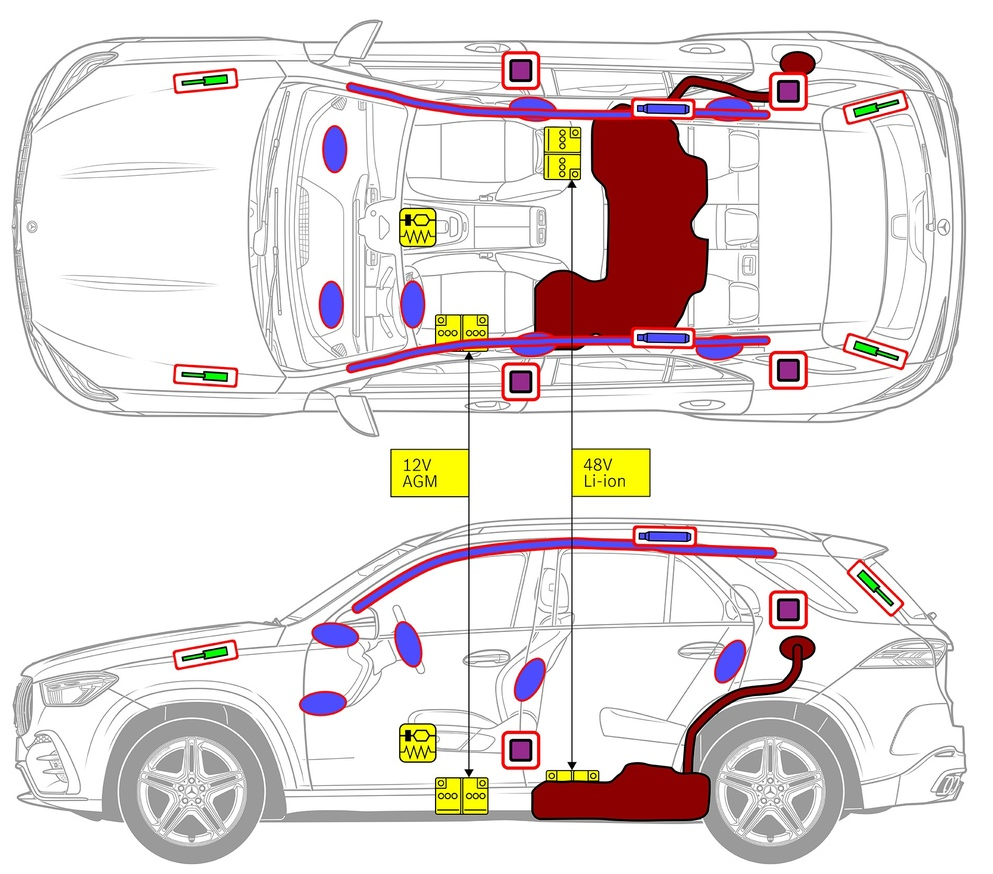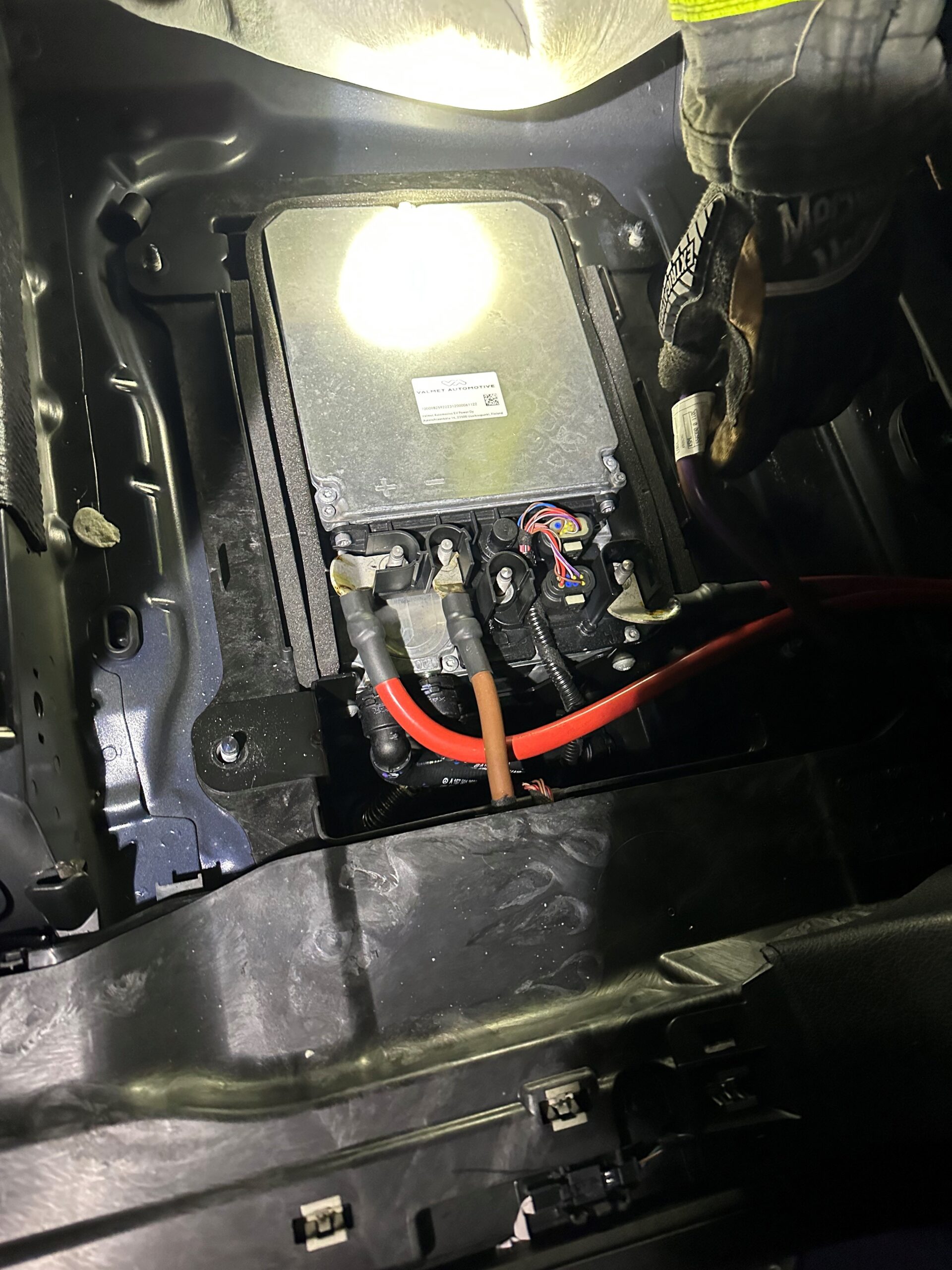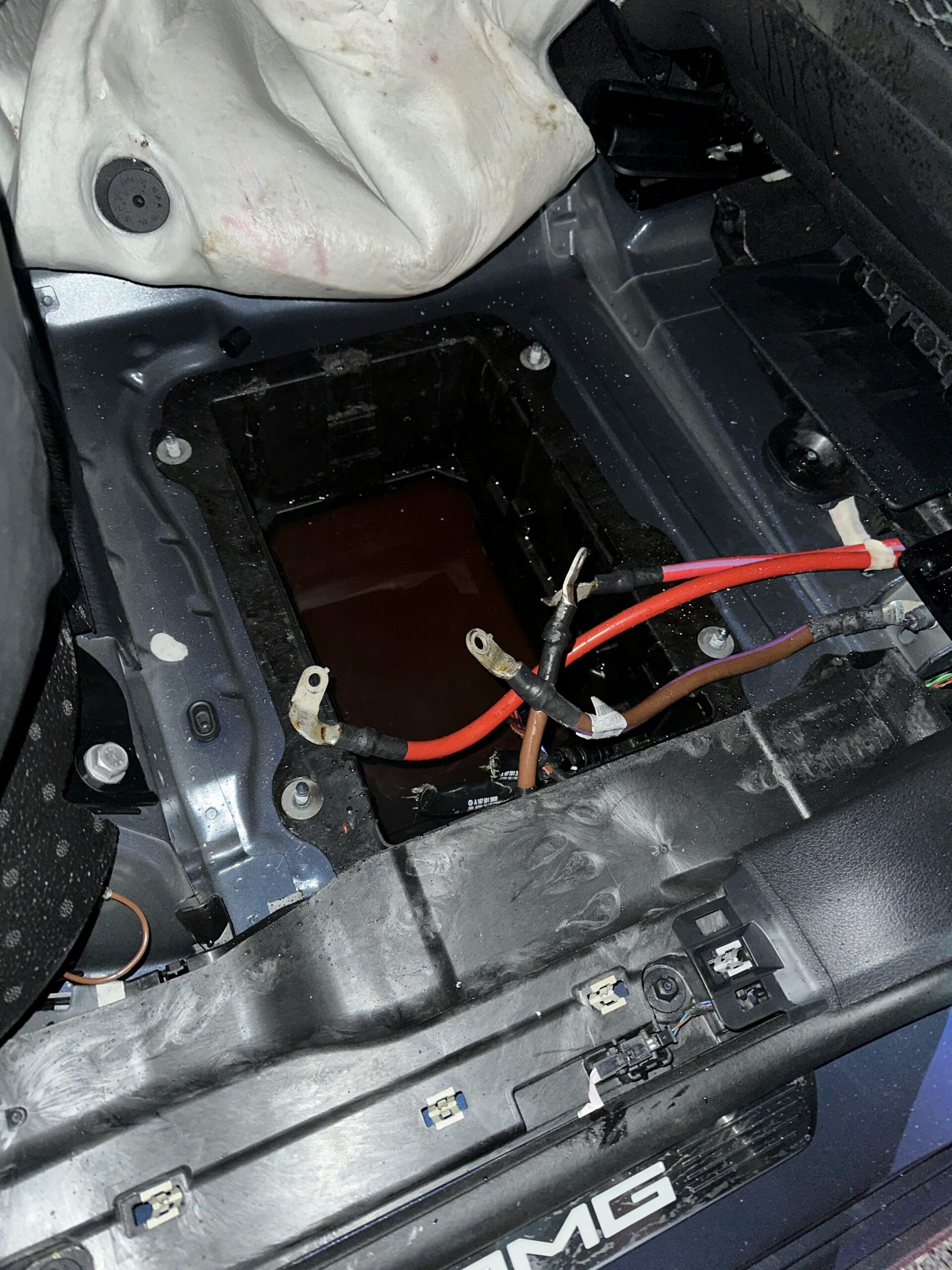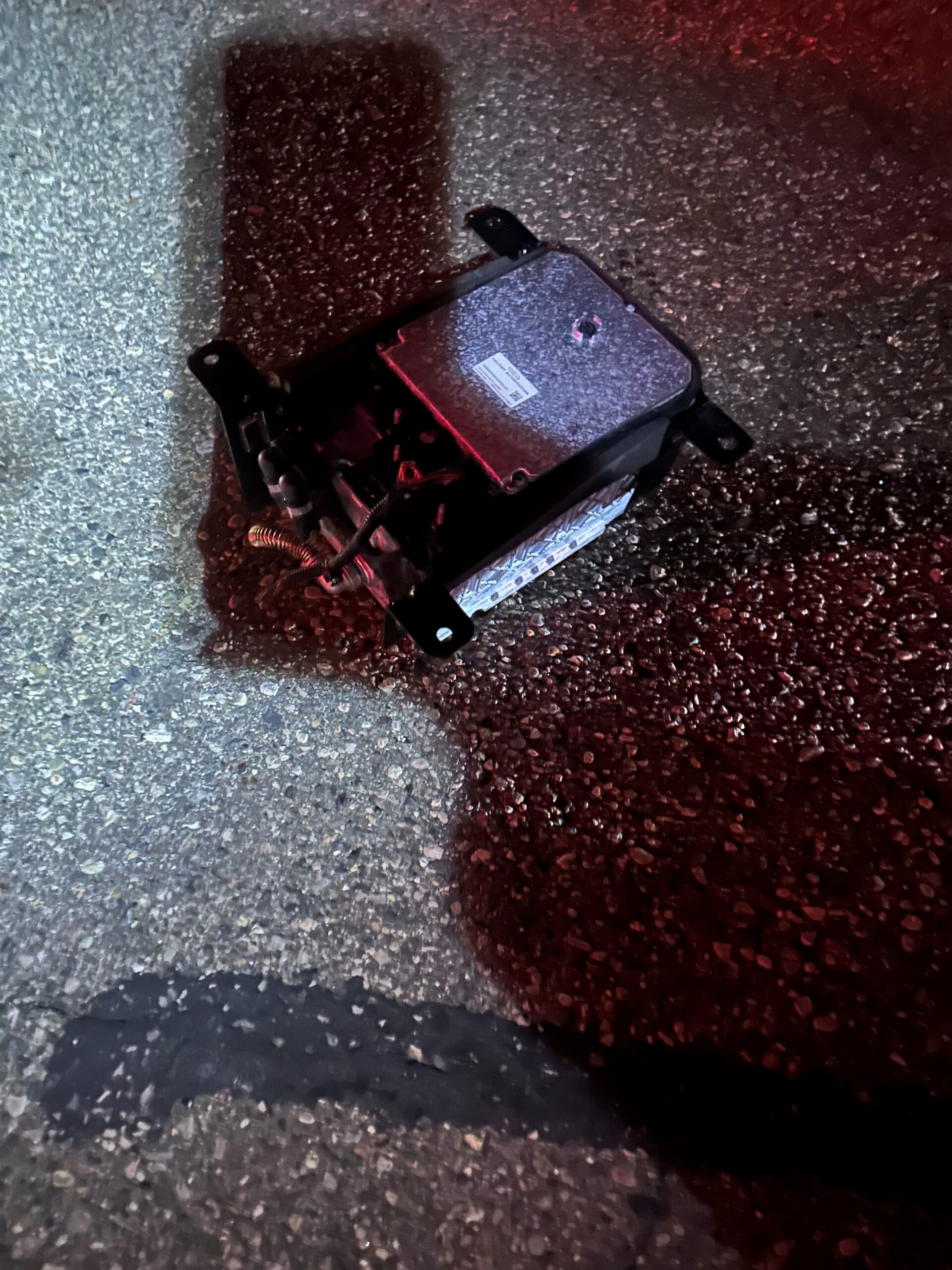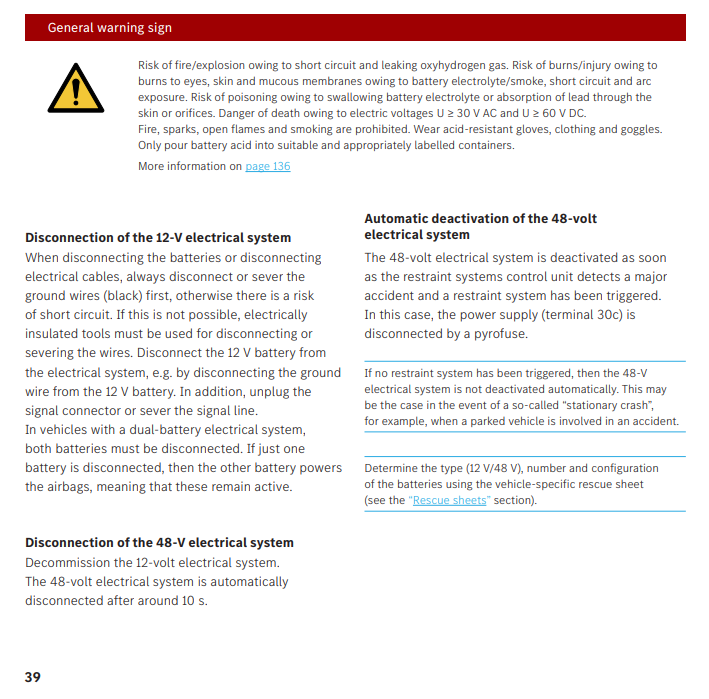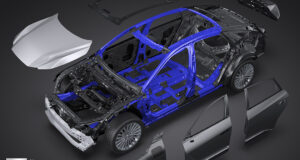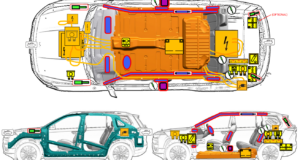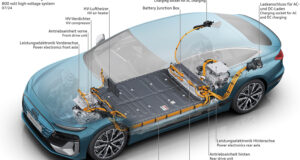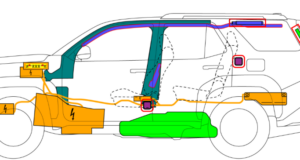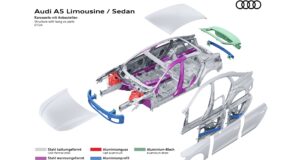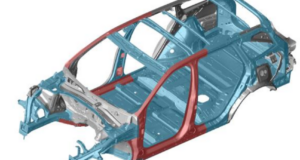Vehicle Fire or Battery Fire?
I am by no means a battery or electric vehicle expert. I try to stay knowledgeable enough to handle any run that I’m dispatched to. Early on a shift in November, my department was called out to a vehicle fire in a single-family residential neighborhood. So naturally I’m hoping it’s not in the driveway close to a house. We got a further update from the police officers on scene and the vehicle was smoking from underneath. We arrived and found a new Mercedes-Benz SUV with a small amount of white smoke coming from the underside. When I say new, it had 50 miles on it and the owners got it the day before.
Our initial tactic was using the water can, but we could not get access to the source of the smoke. (We were in an engine with a bumper line available and the truck in pump). The smoke was coming from the passenger side back by the rear seat. Since the vehicle was a Mercedes-Benz, we opened the fuel filler cap and scanned the QR code on the inside. The rescue sheet showed the 48V battery located in the floor in front of the passenger rear seat. The battery could only be accessed by removing the cushion foam and the carpet. Once the carpet was removed you could see the battery cover. That was removed and exposed the battery. The battery was very hot. I wish I could remember the temps on the thermal imager. We cooled the battery (external housing) with the water can.
Getting to the battery was extremely difficult and required multiple hand tools.
Here’s is where we thought about the 4 stages of lithium-ion battery failure. I knew with smoke venting from the battery that it was already damaged, and the next stage was fire. To learn more about the 4 stages, checkout Li-ion Tamer’s website.
We made the decision to remove the battery from the vehicle to ensure it would not cause further damage to the vehicle. We were quickly able to disconnect the positive and negative cables on the battery. However, there were several cooling lines that ran to the battery that needed to be cut to remove it. Before the cooling lines were cut, we had the firefighters don SCBA’s and full PPE. This was to protect them from any hazard like hot fluids when cutting the cooling lines and removing the battery.
The owners of the vehicle contacted a tow company to come pick up the vehicle. We left the 48 V battery a good distance away from the vehicle, but advised the vehicle owner to make sure the tow company took the battery as well back to the dealership.
A few takeaways.
- We were concerned initially, with damaging the brand-new vehicle. I informed the owners that I was going to have to remove pieces of the interior to get to the battery and they stated do what you need to do. We’re always taught not to do any further harm, and for once, it was difficult for me to destroy a brand-new vehicle.
- Having quick access to a vehicle schematic from a rescue sheet or ERG was extremely important.
- Proper hand tools were required to disconnect and remove the 48 V battery.
- Even though we didn’t see any fire, the smoke we did encounter, and the hazard of removing the battery is something to consider, when choosing the level of PPE required. Looking back, seeing smoke means it was past the off-gassing stage and there could still be hazardous gases in the area and the vehicle.
- The Mercedes-Benz rescue assistants didn’t talk about battery removal. Guidelines for rescue personnel Cars, vans and off-road vehicles
 Boron Extrication An in-depth look into vehicle extrication and rescues involving today's automobiles
Boron Extrication An in-depth look into vehicle extrication and rescues involving today's automobiles
